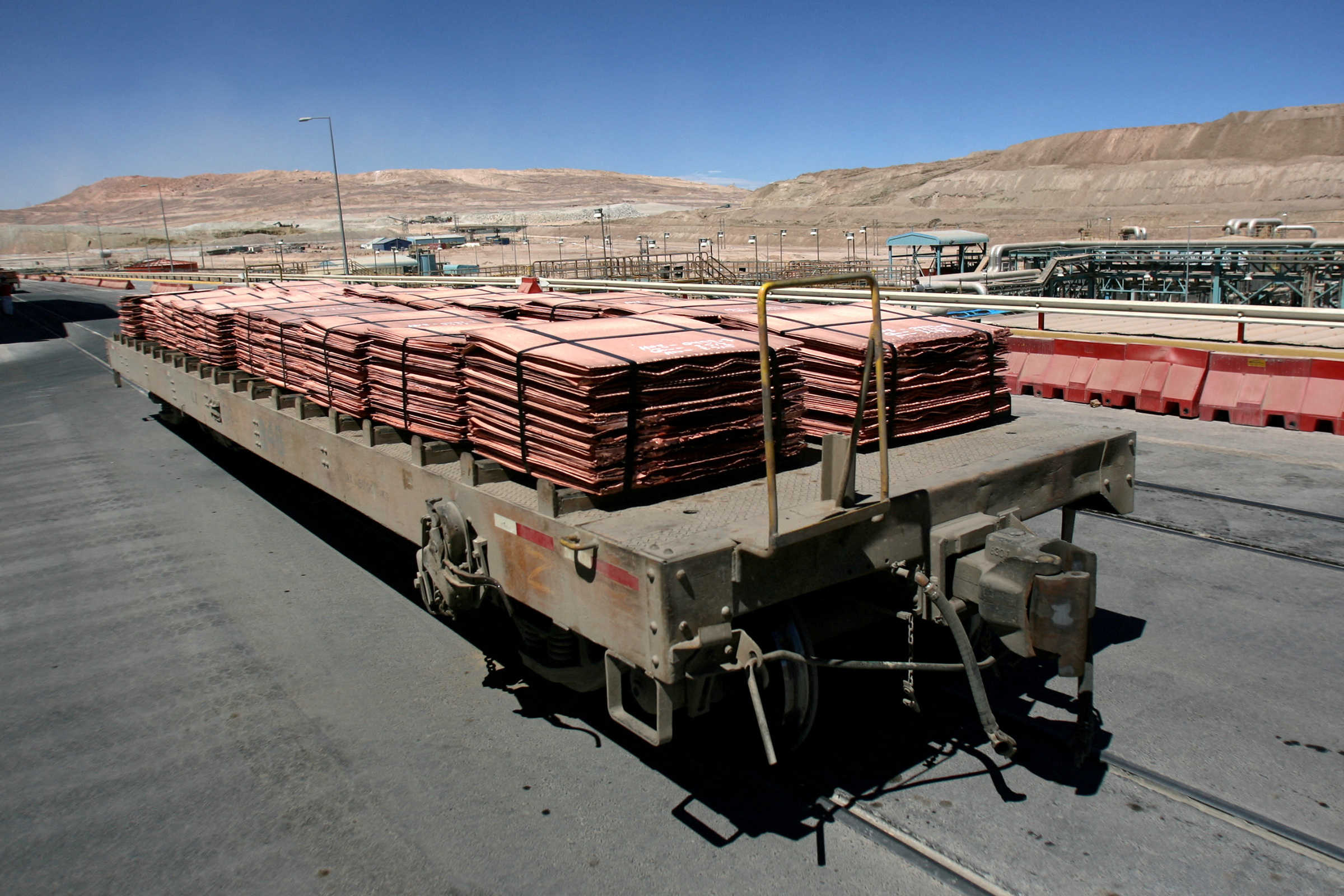The US will impose a 50% import tariff on copper, starting 1/8. This move was made by President Donald Trump after receiving a comprehensive national security assessment report. The report he referred to was the Section 232 trade investigation into copper imports ordered by the President in late February. At the time, Trump declared, "It's time for copper to come home."
The copper import tariff is Trump's effort to boost domestic production of the metal and reduce dependence on foreign supplies. With a 50% tariff, the administration hopes to encourage investment in new mining projects and support the domestic copper industry.
Trump emphasized the metal's importance in the production of semiconductors, aircraft, electric vehicle batteries, and military equipment, blaming previous administrations for the decline of the US copper industry.
"The United States will once again build a world-dominant copper industry," he wrote.
Earlier, during a cabinet meeting on 8/7, Trump outlined his plan to impose tariffs on copper imports, with the goal of bringing production of the metal back to the US. This view was confirmed by Commerce Secretary Howard Lutnick on the same day, on CNBC's "Power Lunch" program. He said the copper import investigation had been completed. "The goal is to bring copper production back to the US," he said.
 |
Copper sheets at the Antofagasta mine, northern Chile. Photo: Reuters |
Copper sheets at the Antofagasta mine, northern Chile. Photo: Reuters
While the White House expects the 50% tariff to revitalize the US copper production sector, experts point out challenges. The US currently produces about 5% of global copper output. Its reserves also account for about 5% of the world's total, according to the United States Geological Survey (USGS).
Notably, copper production in the world's largest economy has been declining, falling by about 20% over the past decade. Last year alone, production shrank by 3%, after an 11% drop in 2023. In fact, there are only two primary copper smelters operating regularly in the US: Miami in Arizona, owned by Freeport-McMoran, and Kennecott in Utah, owned by Rio Tinto. To increase production, the country needs additional capacity.
However, ING Bank (Netherlands) points out that this is a process that takes several decades. ING commodity strategist Ewa Manthey said it takes 16-18 years from discovery to the start of mining a new copper deposit. "In the US, this process can be even longer, averaging nearly 29 years due to stringent requirements, with the permitting process alone taking about 7-10 years," she said.
Last year, the US imported 850,000 tons of copper (excluding scrap), meeting 50% of its total domestic demand. Chile was the largest supplier, accounting for 40% of imports, followed by Canada and Mexico. According to ING, at least in the short term, US importers will face challenges in finding alternative sources. "The flow of metal imports is expected to continue," Manthey predicted.
While increasing domestic copper capacity is a long-term issue, the price of the metal has immediately escalated in the US. On 8/7, after Trump announced the 50% tariff, copper futures on the Comex commodities exchange saw a record daily increase of up to 17%.
According to Reuters, President Trump's decision to impose a copper tariff surprised the market because it came earlier and was higher than industry expectations. As a result, many US businesses immediately increased imports of the material from Chile and other major suppliers to take advantage of the time before the tariff takes effect.
Copper prices in the US have increased by more than 40% since the beginning of the year, driven by anticipatory buying ahead of the tariff implementation. Concerns about the tariff have led many traders to move copper from the London Metal Exchange's (LME) global warehouses to the US to take advantage of the price difference. Copper stocks in Comex warehouses doubled in Quarter II, reaching their highest level since 2018 and exceeding the combined reserves of the LME and the Shanghai Futures Exchange (SHFE).
ING forecasts that the 50% tariff could lead to a decline in consumption in the US as domestic copper prices rise. "This increases inflationary pressure, causing production costs for businesses to skyrocket, while there is not enough alternative supply from domestic sources," the Dutch bank's report stated.
Sharing the same view, Carsten Menke, head of research at the banking group Julius Baer (Switzerland), said the new metal tariff will cause inflation in the US and have a deflationary impact internationally.
The deflationary impact is due to the fact that world copper prices may fall in the coming months, especially on the London exchange (LME). This is because the flow of copper "pouring" into the US is expected to stagnate when the tariff takes effect on 1/8, forcing businesses to use their stockpiles. "This could make supply outside the US more abundant, putting downward pressure on LME prices," ING predicts.
Analyst Christopher LaFemina at brokerage firm Jefferies assesses that the US currently does not have sufficient mining, smelting, or refining capacity to be self-sufficient in copper. "Therefore, import tariffs will likely lead to a large and prolonged price differential between the US and other regions," he said.
Phien An (according to Reuters, ING, The Guardian)












